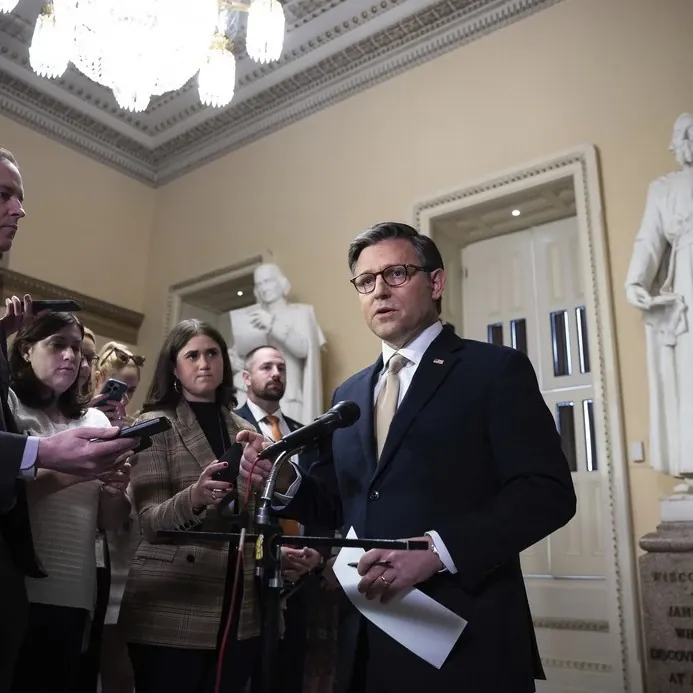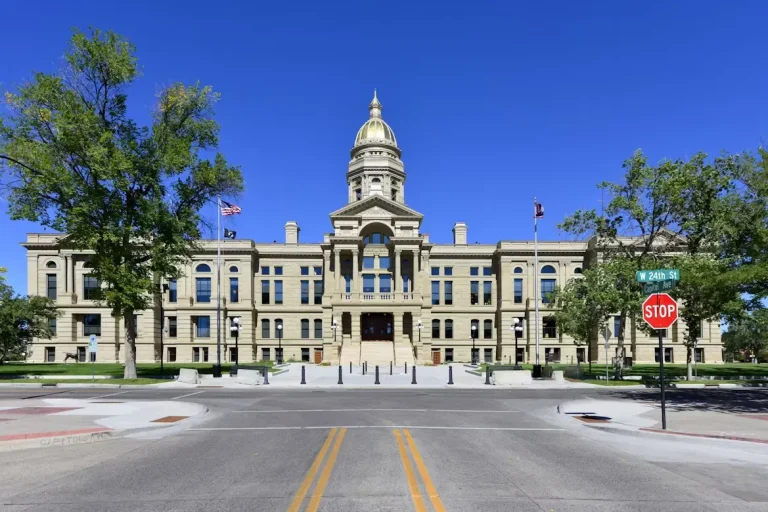Nevada House of Representatives
The Nevada House of Representatives is a crucial component of the state’s legislative framework. As the lower chamber of the Nevada Legislature, it plays a significant role in shaping state laws, policies, and budgets. Comprised of 42 members, the House operates under a biennial session system, which means it convenes every two years to discuss and pass legislation that impacts the lives of Nevada residents. This article provides an overview of the House’s structure, functions, and the legislative process within the state of Nevada.
Structure of the Nevada House of Representatives
The Nevada House of Representatives is made up of 42 representatives elected from various districts across the state. Each district is designed to reflect the population of the area, ensuring that all Nevadans have a voice in the legislative process. Members serve a two-year term, with no limit on the number of terms they can serve, allowing for both continuity and change in representation.
Leadership Roles
Within the House, specific leadership roles are established to facilitate effective governance and legislative operations. Key leadership positions include:
- Speaker of the House: The Speaker is elected by House members and is responsible for presiding over sessions, maintaining order, and ensuring that legislative rules are followed.
- Majority Leader: This leader represents the majority party in the House and coordinates the legislative agenda, prioritizing bills and initiatives for discussion.
- Minority Leader: Representing the minority party, this leader advocates for the party’s interests and ensures that opposing viewpoints are considered in the legislative process.
- Committee Chairs: Each committee is led by a chairperson who oversees discussions and decision-making processes on specific legislative areas, such as finance, education, and health.
Legislative Process
The legislative process in the Nevada House of Representatives involves several key stages, ensuring thorough review and consideration of proposed laws. Below is a summary of the typical steps taken in the passage of legislation:
- Introduction of Bills: Legislators can propose new laws or amendments to existing laws by introducing bills during sessions. Bills can originate from any member of the House or be suggested by the Senate.
- Committee Review: Once introduced, bills are assigned to relevant committees for evaluation. Committees conduct hearings, gather testimonies, and make recommendations on whether to advance the bill.
- Floor Debate: Bills that pass through committee are brought to the House floor for debate. Members discuss the merits and drawbacks of the legislation, propose amendments, and prepare for a vote.
- Voting: Following debate, members vote on the bill. A simple majority is required for a bill to pass. If approved, the bill moves to the Senate for further consideration.
- Governor’s Approval: If both chambers pass the bill, it is sent to the governor for signature. The governor can sign the bill into law, veto it, or allow it to become law without a signature.
Committees within the House
The Nevada House of Representatives operates through various committees that focus on specific policy areas. These committees are essential for conducting detailed analyses on proposed legislation. Some key committees include:
- Committee on Ways and Means: Responsible for reviewing the state budget and financial legislation.
- Committee on Education: Focuses on issues related to K-12 and higher education policies.
- Committee on Health and Human Services: Addresses legislation regarding public health, social services, and welfare programs.
- Committee on Government Affairs: Oversees issues related to state governance, local government, and administrative agencies.
Public Participation
The Nevada House of Representatives encourages public participation in the legislative process. Residents can engage by attending committee meetings, providing testimony on bills, or contacting their representatives. Additionally, Civic Stream provides livestreams and recordings of House sessions, enhancing transparency and accessibility for all Nevadans.
Conclusion
The Nevada House of Representatives serves as a vital institution in the state’s governance structure, enabling elected officials to represent their constituents and address the diverse needs of the population. Through its structured process and active commitment to public involvement, the House works to ensure that the voices of Nevadans are heard in the legislative arena. Understanding the functions and operations of the House can empower citizens to engage more effectively in their state’s democratic processes.



